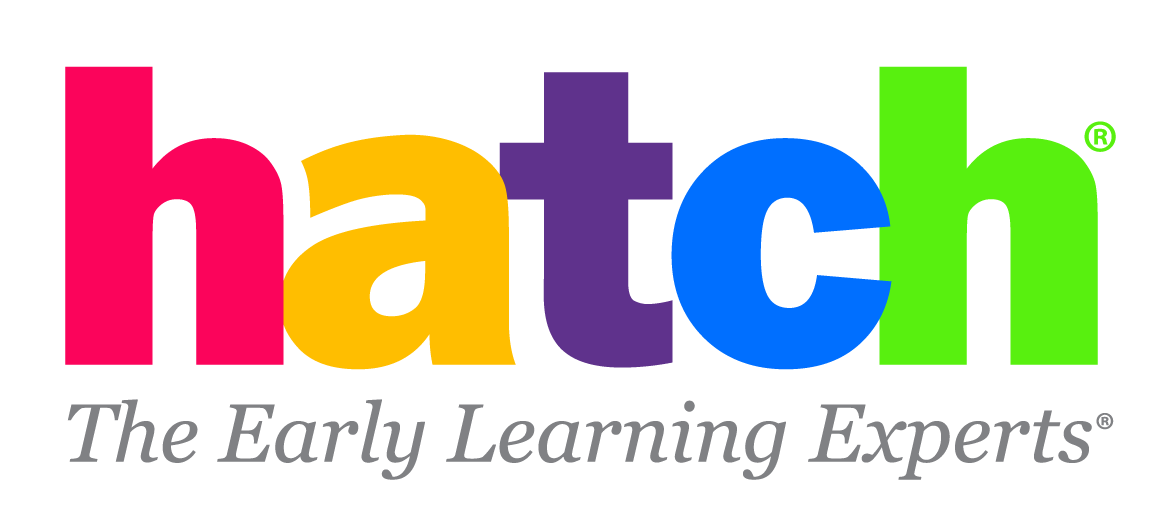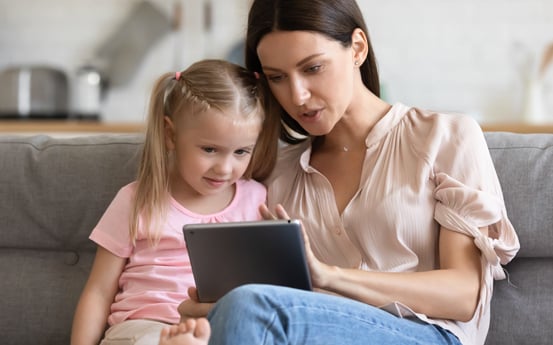The use of technology in the early childhood classroom has been a conversation of debate for many years. Parents and teachers alike have concerns regarding screen time and the appropriateness of using technology with our youngest learners. However, now more than ever technology can support families and teachers during this unique school year.
Many programs across the United States have provided families with a choice of virtual learning, hybrid, or direct instruction. With such a variety of learning environments it is key for teachers and families to have a resource that builds a bridge between home and school.
We know that technology can play a positive role in a child’s development however not all technology is created equally. The Department of Education’s Office of Education Technology provides us with four guiding principles when using technology with young learners.
- Technology—when used appropriately—can be a tool for learning.
Educators and families should look for programs that are research-based and meet the developmental needs of their children. In addition, it is important that technology is used in conjunction with non-technology activities. - Technology should be used to increase access to learning opportunities for all children.
During these times of virtual and hybrid learning it is imperative that children have access to quality, age appropriate technology, that enables learning to continue, inside or outside the classroom. Research shows that children with access to appropriate technology on a regular basis demonstrate more positive attitudes towards learning, improved self-esteem, self- confidence, and increased Kindergarten Readiness. - Technology may be used to strengthen relationships among parents, families, early educators, and young children.
Building a sense of a community and a connection to a program can be challenging during this time. Technology can be used as a tool to bridge this gap; creating opportunities for families and teachers to communicate, share information and close the physical gap. - Technology is more effective for learning when adults and peers interact or co-view with young children.
Using joint engagement, technology can provide teachers or families opportunities to work with their children to explore, learn and create. Joint engagement plays a critical role in early-childhood development and is essential to children fully obtaining the benefits from technology. Studies indicate joint engagement abilities can predict later cognitive, language, and social competencies.
Today’s children are digital natives, they were born into a tech savvy world and have become accustomed to using technology in their daily lives. However, as parents and educators it is up to us to ensure the technology our children are using is developmentally appropriate and supports each child.
When technology is used in conjunction with hands-on activities it can enhance learning, support instruction, and can be a valuable tool in the both the home and the classroom.

